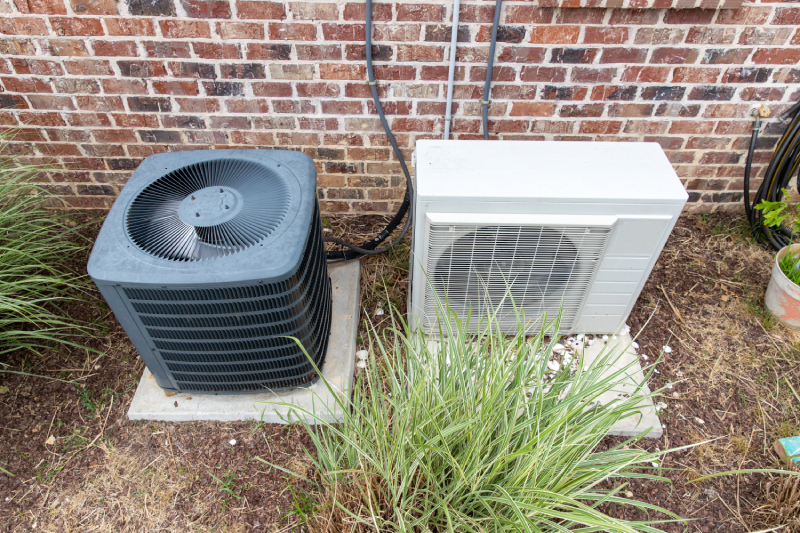
When it comes to cooling your home, choosing the right air conditioning system is crucial for comfort and energy efficiency. Two popular options are central air conditioning systems and mini-split systems. Each has its own advantages and considerations, depending on your home's layout, your cooling needs, and your budget.
Central air conditioning is a common choice for homeowners who want a comprehensive cooling solution. This system uses a network of ducts to distribute cooled air throughout the entire house. A central AC unit typically consists of an outdoor compressor and an indoor evaporator coil, which work together to cool the air and circulate it via ducts.
Advantages of Central AC:
Considerations:
Mini-split systems, also known as ductless systems, provide an alternative to traditional central AC. These systems consist of an outdoor unit connected to one or more indoor units via a small conduit. Each indoor unit operates independently, allowing you to control the temperature of individual rooms or zones.
Advantages of Mini-Split Systems:
Considerations:
The decision between central AC and mini-split systems depends on various factors, including your home’s size, your cooling needs, and your budget. Central AC might be the better choice for homeowners looking for whole-home cooling with a single, unified system. On the other hand, mini-split systems are ideal for those who value energy efficiency, zone control, and flexibility, particularly in homes without ductwork.
Both central AC and mini-split systems have their unique benefits. If you’re unsure which option is best for your home, consider reaching out to Stan’s for expert advice and professional installation.